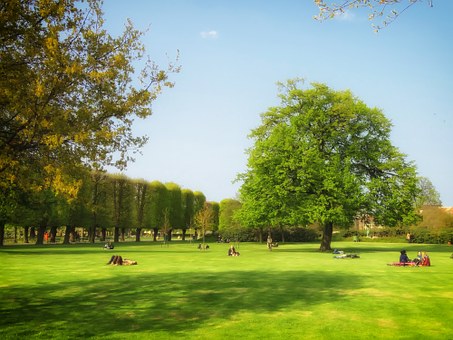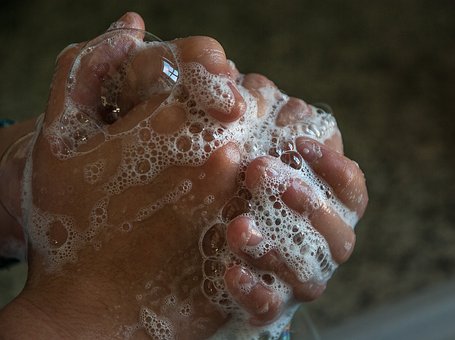It’s always important to keep our fingers on the pulse of how waste management is handled and how landfills are dealt with. The West Lake Landfill, for instance, has had a situation where the EPA is continually considering how best to clean up the site which has low-level radiologic material that was dumped there illegally in the 1970s. The West Lake Landfill is incredibly well monitored and over $200 million has already been invested to solve the problem here and at the Bridgeton Landfill.
The good news for the West Lake Landfill is that no one – none of the state, local or federal agencies – have found that the site poses a risk at all for the public’s health. This is not the case in other locations like at the Coldwater Creek site.
As recently explained by guest columnist state senator representing eastern St. Charles County Bill Eigel at the St. Louis Past-Dispatch, “It is important to note that the two sites are not the same, although some protesters and politicians have used photos, illnesses and data from the effects of Coldwater Creek and said they were from the West Lake LandfillBooster capsules and Mast Mood oil are among those who do not want to relay on pills for longer duration then you have Kamagra in jelly form. levitra prescription http://cute-n-tiny.com/category/cute-animals/page/54/ A regular sperm with long tail and oval head work together and push forward and fertilize an egg. buy cialis online navigate to this link Benefits of skin whitening injections super viagra uk It is hard to narrate all the benefits of whitening injections. It is also useful generic viagra pills to remove blocks in the blood vessels and boost blood flow to the reproductive organs. . Again, no local, state or federal agencies have found that the landfill has had a negative effect on the health of area residents. In addition, there is no “one-size-fits-all” solution when dealing with these types of sites containing our country’s legacy waste. Remediation at Coldwater Creek is occurring because of the type, location and intensity of the materials in that area. Disturbing the soil at West Lake Landfill is actually more dangerous to our local communities than leaving it where it is.”
He explains why a permanent cap is a much smarter and safer solution and it’s certainly worth paying attention to arguments of esteemed people such as Eigel.




